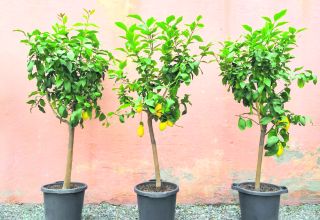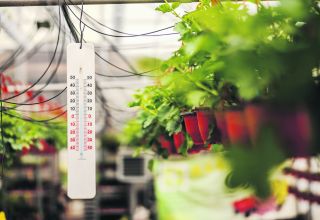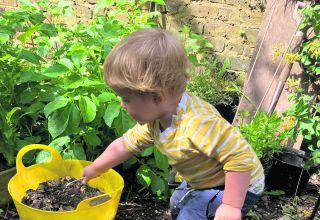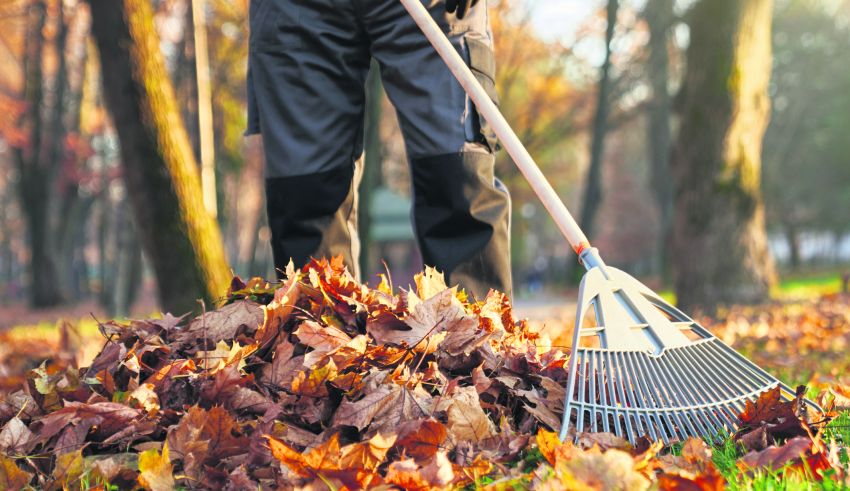
Autumn leaves are an underused yet wonderful resource for any garden – providing nutrient rich compost.
Cleaning up fallen leaves is the burden of many a gardener.
If there is a simple message however when it comes to leaves then it probably is –‘Leaves are not litter – they are a wonderful garden free resource’.
In October and certainly into November gathering the leaves can be a chore – good exercise but still a chore!
Just as you have finished, the leaves start to fall again!
It can feel like trying to hold back the tide. Just remember the incredible leaf mould compost which you can produce from fallen leaves will enrich your garden?
No gardener likes cleaning up leaves but come the autumn months it is something that most gardeners need to tolerate. Leaf mould compost is an excellent way to rid yourself of wet slimy leaves and enrich your garden with nutrient-rich leaf mould compost.
It costs virtually nothing and if you don’t mind waiting around 12 months, then you have a perfect compost to mulch your garden with.
Making your own leaf mould is highly beneficial for gardeners.
Leaves can be put formally into a wire mesh bin, a more formal wooden, fenced area or in fact just left in a pile in a corner of the garden.
The mould it finally produces provides a sustainable and environmentally friendly way to recycle organic waste, reducing the need for chemical fertilisers and landfill contributions.
Secondly, leaf mould enhances soil structure by improving its texture, water retention, and aeration, creating an optimal environment for plant growth.
Additionally, it adds valuable organic matter to the soil, enriching it with essential nutrients and beneficial microorganisms. Moreover, leaf mould helps suppress weeds, regulates soil temperature, and prevents erosion, contributing to overall garden health and resilience. Furthermore, producing leaf mould is cost-effective and easy, requiring minimal effort and resources. Overall, making your own leaf mould is a valuable practice that promotes soil health, sustainability, and garden vitality.
For best results turning your fallen leaves into mulch,shred the leaves before winter. Shredding can be as simple as chopping the leaves up with a lawnmower or using tools created specifically for this process. While shredding is not necessary, it will lead to a more consistent mulch that is darker in colour.
Some leaves are harder to compost than others because they take longer to break down. Examples are holly, cedar, pine, and oak.
If you have a spare compost bin, you can use it to store leaves to make leaf mould. However, you shouldn’t use the same bin for regular compost waste because the leaves will sit undisturbed for at least a year.
How to make leaf mould quickly in bags
There is a far easier way which involves using bin liners or bags to make leaf mould, especially if you are new to leaf mould. This takes about half the time of the traditional method and guarantees you amazing leaf mould compost in about 12 months.
It’s also great for those with space restrictions and those who can’t build permanent compost bins. It allows you to make leaf mould and experience its benefits before committing to building custom permanent leaf mould compost bins.
Speeding up the decomposition process
There are one or two tricks to speed things up a little. Leaves contain high levels of carbon and small amounts of nitrogen. The microbes that decompose leaves and other types of organic matter require nitrogen for their own metabolism and growth. A compost pile composed mainly of leaves decomposes slowly because the leaves don’t contain adequate levels of nitrogen for the microbes.
To promote decomposition, mix leaves with grass clippings or other materials high in nitrogen. If possible, shred the leaves prior to composting. The smaller the size of the material, the faster it will decompose.
Construct the compost pile in layers. Each six inch -layer of plant material should be topped with one inch of soil or compost. A small amount of an all-purpose garden fertiliser can also be added to supply nitrogen to the microbes. Continue to build the compost pile in layers until it is three to five feet high.
Finally, water the pile regularly and turn it about once every two weeks.
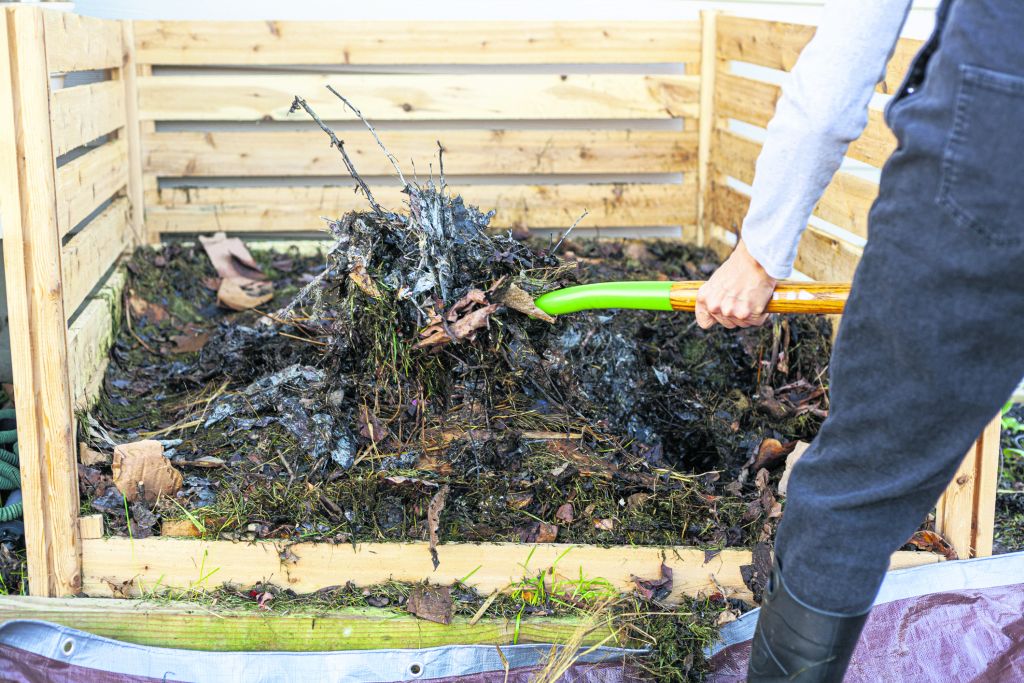
Reusing builders’ sacks for leaf mould
If you’ve recently had landscaping done or ordered any materials from a builder’s yard, the chances are you will have a couple of those huge plastic woven sacks lying around. Rather than sending them to landfills, use them to make amazing leaf mould.
Simply stuff them full of leaves, use the corner loops to tie them up and then leave somewhere out of the way for 12-18 months whilst they break down. They don’t need draining holes as they already let water and air pass through them.
What does leaf mould look like?
When leaf mould is ready for use, it should be a dark rich brown colour. Slightly moist and crumbly. This is when it is at its prime. It may have already lost most of its good stuff if it is dry and dusty. If it still looks like wet leaves, then it needs longer!
What can you use leaf mould for?
- Leaf mould has many uses in the organic garden or for growing your own plants or vegetables.
- Leaf mould is an excellent mulch that can help improve your soil condition and protect plants from water stress during periods of high temperatures during the summer months.
- Leaf mould is incredible for seedlings and propagating plants. As it has such a fine crumb structure, it’s great for seedlings to root in and is super free draining.
- If you need to help break up compacted soil then leaf mould is really useful in adding air and improving soil texture.
- Use leaf mould as a top dressing for a lawn to add a slow-release feed in autumn or spring.


